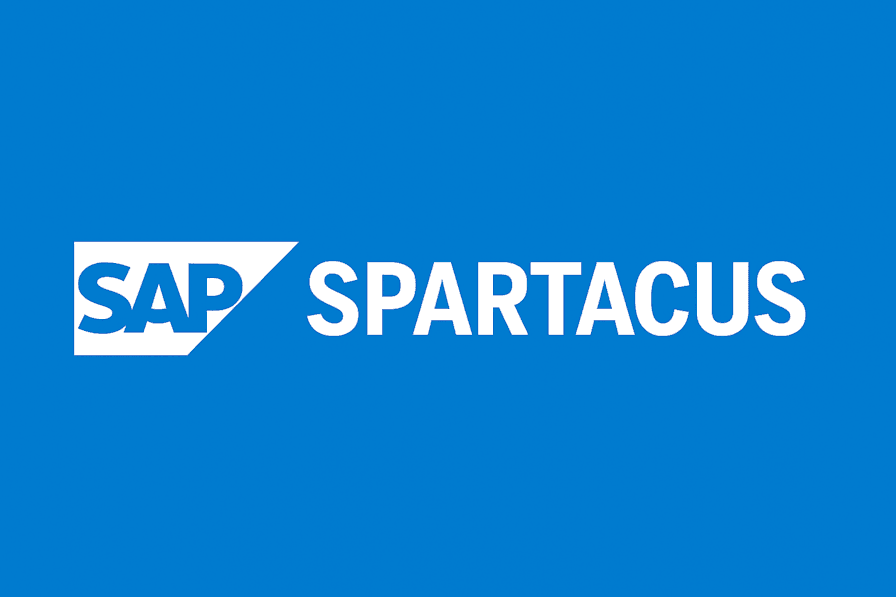
SAP Spartacus Performance Improvements for Faster Indexing and Better SEO
Created: 19 November 2025
SAP Spartacus (now SAP Composable Storefront) is a powerful Angular-based e-commerce framework designed to deliver modern, high-performance shopping experiences. To maximize its potential, optimizing both performance and SEO is essential — helping your storefront load faster, index better, and convert more visitors.
Performance Improvements for Faster Indexing
1. Leverage Server-Side Rendering (SSR)
SAP Spartacus is a single-page application (SPA) by default, which is client-side rendered. Without SSR, most content is rendered dynamically on the client, which hinders search engines from efficiently crawling and indexing the pages. Enabling SSR ensures that full HTML content is served from the server, making your pages instantly readable to crawlers and significantly improving indexing speed.
2. Implement Edge Caching and Content Delivery Networks (CDN)
Introducing an edge caching layer between users and your servers reduces latency by serving cached content closer to visitors geographically. This reduces server load and delivers faster page loads, which is crucial during high-traffic periods. Edge caching also reduces the time search engine bots wait for content, thus improving crawl efficiency.
3. Optimize JavaScript Bundling and Lazy Loading
Splitting JavaScript into smaller chunks and using lazy loading techniques reduces the time to first meaningful paint. Only critical scripts should load upfront, while less critical scripts load later or on demand. This reduces initial load times and improves Core Web Vitals scores, which are critical ranking factors.
4. Cache CMS Components and Pages
Caching CMS components, slots, and pages minimizes CPU usage and accelerates page rendering. Efficient caching strategies help your site serve popular content quickly without repeatedly fetching it from backend systems.
SEO Enhancements for Better Crawling and Ranking
1. Use Stateful and Configurable URLs
Spartacus supports stateful URLs for each storefront element, allowing deep linking and easier navigation. Configurable URLs with product or category names improve readability and keyword relevance in URLs, boosting SEO. Maintaining consistent URLs during migration to Spartacus preserves existing SEO equity.
2. Optimize Metadata and HTML Tags
Ensure that titles, meta descriptions, canonical tags, and Open Graph tags are dynamically generated and relevant per page, improving click-through rates and social sharing. Properly structured HTML tags also help search engines understand and rank your content better.
3. Improve Core Web Vitals
Google prioritizes websites with fast loading, interactivity, and visual stability. Optimize images, enable deferred loading for non-critical assets, and minimize layout shifts through CSS best practices to enhance Core Web Vitals scores.
4. Enable Sitemap and Robots Configuration
Generate XML sitemaps automatically to inform search engines about available pages for crawling. Use robots.txt wisely to prevent indexing of duplicate, low-value, or sensitive pages, focusing crawler attention on high-value content.
Summary
Optimizing SAP Spartacus (SAP Composable Storefront) requires a balanced approach that integrates frontend performance, backend caching, and SEO best practices. By enabling server-side rendering, leveraging edge caching, optimizing JavaScript delivery, and refining metadata and URLs, you can dramatically improve your storefront’s indexing speed, search rankings, and user experience.
These enhancements lead to:
Faster loading times
Better SEO performance
Higher conversion rates
Reduced server costs
A well-optimized Spartacus storefront doesn’t just look good — it performs at the highest level, helping your business stand out in today’s competitive e-commerce landscape.